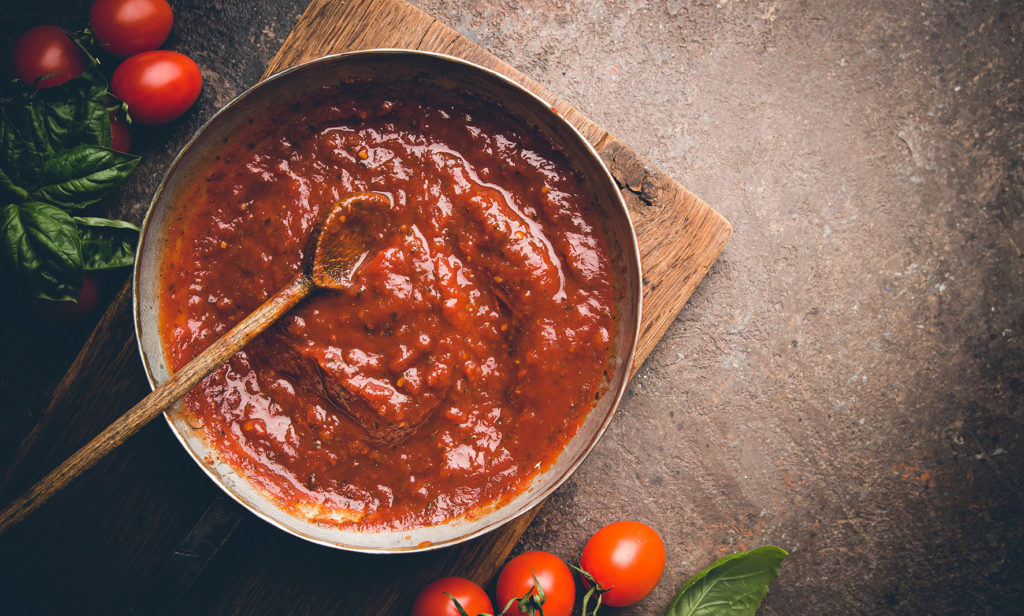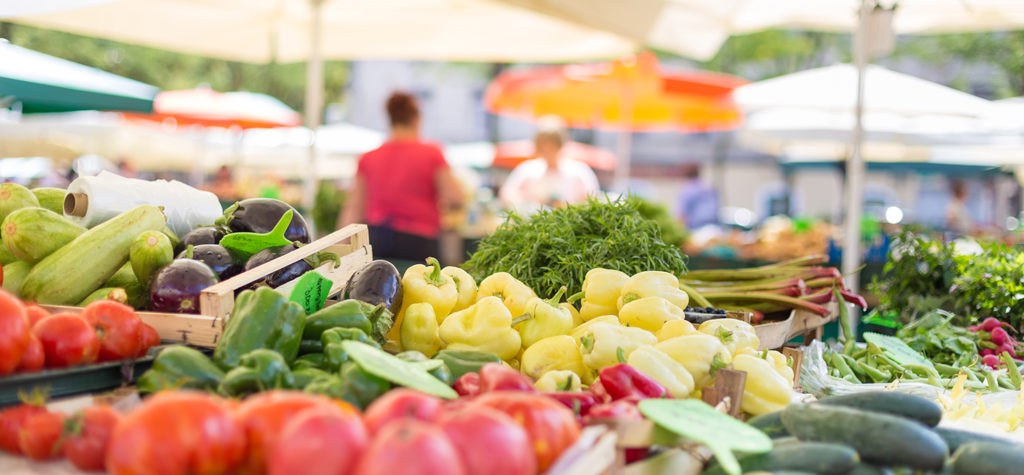Easy ways to eat more vegies
Why don’t Australians eat more vegies? While around half of us are getting our recommended two serves a fruit a day, only a meagre seven percent of Aussie adults are eating the recommended five servings of vegies. This drops to only five percent when it comes to Australian children. This is a worry, especially in this new age of COVID and monkeypox and whatever other strange new viruses decide to crop up in the coming months. You see, vegies are essential for good health and a strong immune system.
It’s not just about keeping viruses at bay. Eating the recommended number of serves of veg each day can also protect you from heart disease, type 2 diabetes and some types of cancer. The wide variety of nutrients in vegetables also keep your gut, brain and eyes healthy, reduce inflammation and help to maintain strong bones and muscles. Eating more vegies every day can also help to reduce your risk of developing depression or anxiety. Despite all this, the average Australian is eating around 13 kilograms fewer vegetables per year than we were 20 years ago. That’s half a serve fewer vegies per day.
But getting your five a day is easy! You don’t have to resort to eating mountains of celery sticks or giant tureens of Brussels sprouts. One serve of vegies is equivalent to just half a cup of cooked vegetables, half a medium potato or one cup of salad vegetables. Spread this out over a day’s meals, and you’ve got the recommended daily intake in the bag.

More than one way to skin a carrot
Vegetables are also ideal for adding interesting flavours, colours and textures to your meals. While fresh salads and meals like Buddha bowls are great for when you want fresh veg, you can also use vegies in your cooking to reap their benefits. You’ll still be getting plenty of nutrients, along with a more appetising, satisfying meal.
Some vegetables are even more nutritious once cooked. Tomatoes, for instance, contain the powerful antioxidant lycopene. This can help to keep your heart healthy by reducing cholesterol and lowering blood pressure. It also plays a role in brain, bone and eye health. The cooking process makes the lycopene in tomatoes more bioavailable.
Frozen vegies are a great option, too. They can contain just as many nutrients as fresh veg, and sometimes they can be even more nutritious. This is because they’re snap-frozen straight from harvesting, while they’re in their prime.

Eat with the seasons
Eating fresh produce that’s in season is the best way to ensure you’re getting the very most out of your vegetables. Locally produced in-season vegies are at their peak of freshness, which means they’re at their most nutritious. As an added bonus, this also means they’re at their most flavourful. Eating with the seasons can also benefit your hip pocket. In-season produce is at peak supply, which means you’ll be more likely to find a good bargain at the supermarket, greengrocer or your local farmers’ market.
Choosing to eat what’s in season also supports our local growers and regional communities. Plus, it’s kinder on the planet. Locally grown seasonal produce has typically had to travel less distance to reach you, and so requires fewer resources to transport and store.
So what’s in season during spring in Australia? Just some of the many vegetables that will be coming into their own as the warmer months kick in include asparagus, artichoke, Asian greens, beetroot, broccoli, Brussels sprouts, cabbage, cauliflower, celery, corn, eggplant, leek, peas, silverbeet, spinach, sweet potato, tomato and zucchini.

12 easy ways to eat more vegies
Need some inspiration to eat more vegies every day? It’s a lot easier (and tastier) than you might think. Try these ideas for starters.
1. Add chopped vegies to egg dishes like frittatas and scrambled eggs.
2. Use puréed vegies like broccoli, celeriac and pumpkin as a base for soups.
3. Use a spiraliser to make zucchini noodles to serve with pasta sauces like bolognese.
4. Add vegies to stir-fries, casseroles, stews, curries and pasta bakes.
5. Add vegies like peas and mushrooms to risottos and in pies.
6. Make vegie kebabs, or combine vegies and meat on kebabs to grill on the barbie.
7. Try plant-based versions of your favourite family meals.
8. Use mashed or puréed sweet potato in baking, like this recipe for sweet potato and cinnamon bread. You could also try this sweet potato stir-fry.
9. Add vegies to fruit smoothies, sandwiches, wraps, burgers and burritos.
10. Try cauliflower flour to make muffins and banana breads. You can also make this cauliflower schnitzel and salad recipe for a meat-free meal.
11. Prep meals in advance. This can help you make healthy choices even when you’re busy.
12. Try meat-free Mondays, and eat only plant-based foods for the whole day.
Looking for even more inspiration to help you eat more vegies? Try these meat-free meals packed with plant-based goodness. We’ve also got this modern Indonesian-style gado-gado salad from chef Natasya Soetantyo. You can also try these tasty vegetable and macadamia recipes, these no-added-sugar carrot cupcakes and this roast pumpkin salad.









